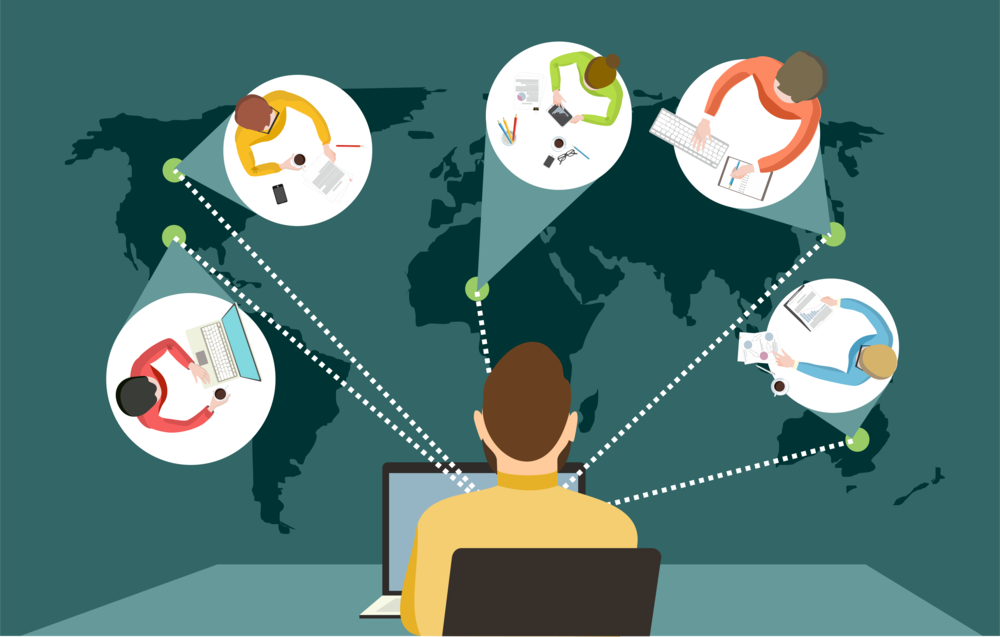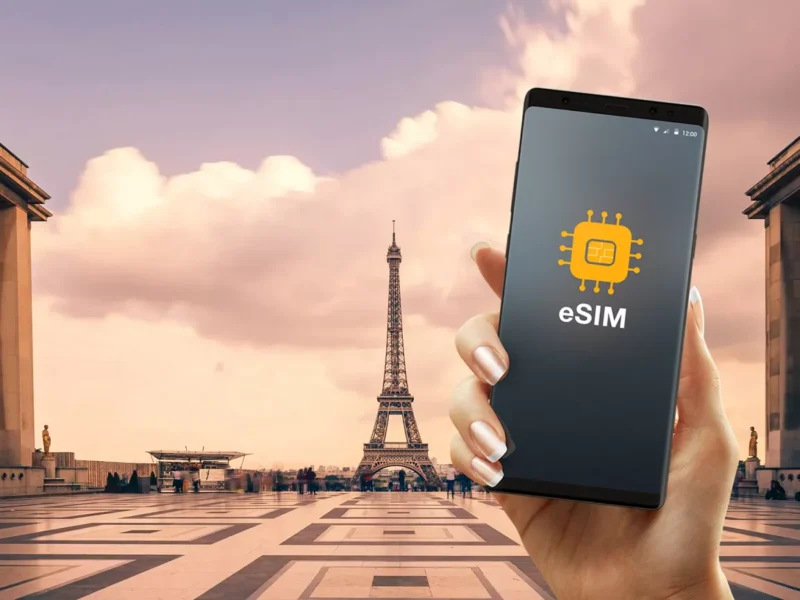Hiring international employees can provide businesses with access to a global talent pool, helping them stay competitive in an increasingly interconnected world. However, navigating the U.S. immigration system and ensuring compliance with sponsorship regulations can be challenging for employers. Employer sponsorship involves a variety of legal requirements, and failing to follow proper procedures can lead to delays, rejections, and costly penalties.
In this article, we’ll explore the best practices for employer sponsorship when hiring international employees and how using Alma immigration can streamline the process, making it more efficient and error-free.
Understanding Employer Sponsorship
Employer sponsorship allows U.S. companies to hire foreign workers who are not U.S. citizens or permanent residents. This typically involves sponsoring the employee for a work visa or a Green Card, depending on the nature of the employment. The most common visas associated with employer sponsorship include the H-1B, L-1, and O-1.
Each visa has its own eligibility criteria, application process, and documentation requirements. The employer is responsible for initiating the visa process, ensuring that all paperwork is filed correctly, and maintaining compliance with U.S. immigration laws.
Key Best Practices for Employer Sponsorship
1. Start the Sponsorship Process Early
One of the most crucial best practices for hiring international employees is to start the sponsorship process as early as possible. The U.S. immigration system can be slow, and visa applications can take months or even years to process, especially in high-demand categories like the H-1B visa.
Starting early ensures that there is enough time to address potential issues, gather necessary documentation, and respond to any requests from U.S. Citizenship and Immigration Services (USCIS) for additional information. Delays in the process can result in missed hiring opportunities and negatively impact your business operations.
2. Choose the Right Visa Category
Choosing the appropriate visa category for your international employee is essential to ensuring a smooth sponsorship process. There are a variety of visa options based on the type of job, the employee’s qualifications, and the nature of the employer-employee relationship. Here are some of the most common visa types:
- H-1B Visa: For workers in specialty occupations requiring a bachelor’s degree or higher.
- L-1 Visa: For intra-company transfers of employees in managerial or specialized knowledge roles.
- O-1 Visa: For individuals with extraordinary abilities in their field, such as in science, arts, or business.
It’s important to carefully evaluate the requirements for each visa and consult with immigration experts to ensure you are selecting the best option for your international employee.
3. Maintain Clear and Transparent Communication
Clear and transparent communication is key throughout the sponsorship process. Employers should keep international employees informed of the status of their application and any required steps, such as gathering documents, undergoing interviews, or attending biometrics appointments.
In addition, employers should provide clear expectations about timelines, including when the visa is likely to be approved or when they expect their international employee to begin work. This helps manage both the employer’s and the employee’s expectations and reduces anxiety throughout the process.
4. Stay Compliant with U.S. Immigration Laws
Compliance with U.S. immigration laws is paramount when sponsoring an international employee. Employers must ensure they meet all legal requirements and obligations, including submitting accurate forms, paying the correct filing fees, and maintaining records of employee status and work authorization.
Failure to comply with these regulations can result in severe penalties, including fines or even the disqualification of the employer from future sponsorships. It’s important to stay up to date on immigration laws and regulations, as they may change frequently.
5. Leverage Technology for Efficiency and Accuracy
Managing the immigration process manually can be time-consuming and error-prone, especially when dealing with complex visa applications and compliance requirements. To streamline this process, many employers are turning to AI-assisted immigration platforms. These platforms automate key tasks, such as document collection, form filing, and compliance tracking, reducing human error and speeding up the process.
Using an AI-assisted immigration platform ensures that your visa applications are submitted accurately and on time, improving efficiency and reducing the risk of mistakes that could delay your employee’s visa approval. Platforms like Alma offer AI-powered tools to manage the entire immigration process, from start to finish.
How AI-Assisted Immigration Enhances the Sponsorship Process
The integration of artificial intelligence into the immigration process has revolutionized how employers handle sponsorships for international employees. Here’s how AI-assisted immigration can streamline the process:
1. Automates Administrative Tasks
Immigration processes require a lot of paperwork, including forms, supporting documents, and compliance checks. AI-powered platforms can automate the collection of these documents, ensuring that everything is gathered and submitted correctly. This reduces the administrative burden on HR teams and ensures that nothing is overlooked.
2. Tracks Application Status and Deadlines
AI-assisted immigration tools can provide real-time updates on the status of visa applications, ensuring that employers are always informed of where their application stands. These tools can also track important deadlines, such as visa expiration dates and renewal timelines, so employers never miss an important step in the process.
3. Increases Accuracy and Reduces Errors
AI systems are designed to spot errors or discrepancies in immigration applications, ensuring that all information is accurate and complete before submission. This minimizes the risk of delays due to missing or incorrect information, improving the chances of approval and reducing the likelihood of costly mistakes.
4. Provides Legal Guidance
Some AI-assisted immigration platforms also provide access to legal guidance or consultations, helping employers navigate more complex aspects of the sponsorship process. With these tools, employers can ensure that their applications are not only efficient but also fully compliant with U.S. immigration laws.
How Alma Helps Employers with Immigration Sponsorship
With Alma, employers can manage the entire immigration lifecycle, from initial visa applications to employee work authorization compliance.
Key features of Alma include:
- Automated document management: Easily collect, organize, and submit the necessary paperwork for your international employee’s visa application.
- Real-time case tracking: Stay informed with real-time updates on the status of your employee’s application, ensuring that you can plan accordingly.
- Compliance tools: Track employee visa statuses and renewals, reducing the risk of compliance issues.
- Legal expertise: Access expert immigration attorneys who can provide guidance and ensure that your sponsorship process is legally sound.
With Alma, employers can streamline their immigration processes, ensuring that they can attract and retain the global talent they need to grow and innovate.
Conclusion
Employer sponsorship is an essential part of the hiring process for businesses looking to bring international talent to the U.S. By following best practices—such as starting the process early, selecting the right visa category, and maintaining compliance—employers can ensure a smooth and efficient sponsorship process.For an efficient, accurate, and compliant sponsorship process, Alma offers the tools and support you need to simplify immigration and ensure success every step of the way.



